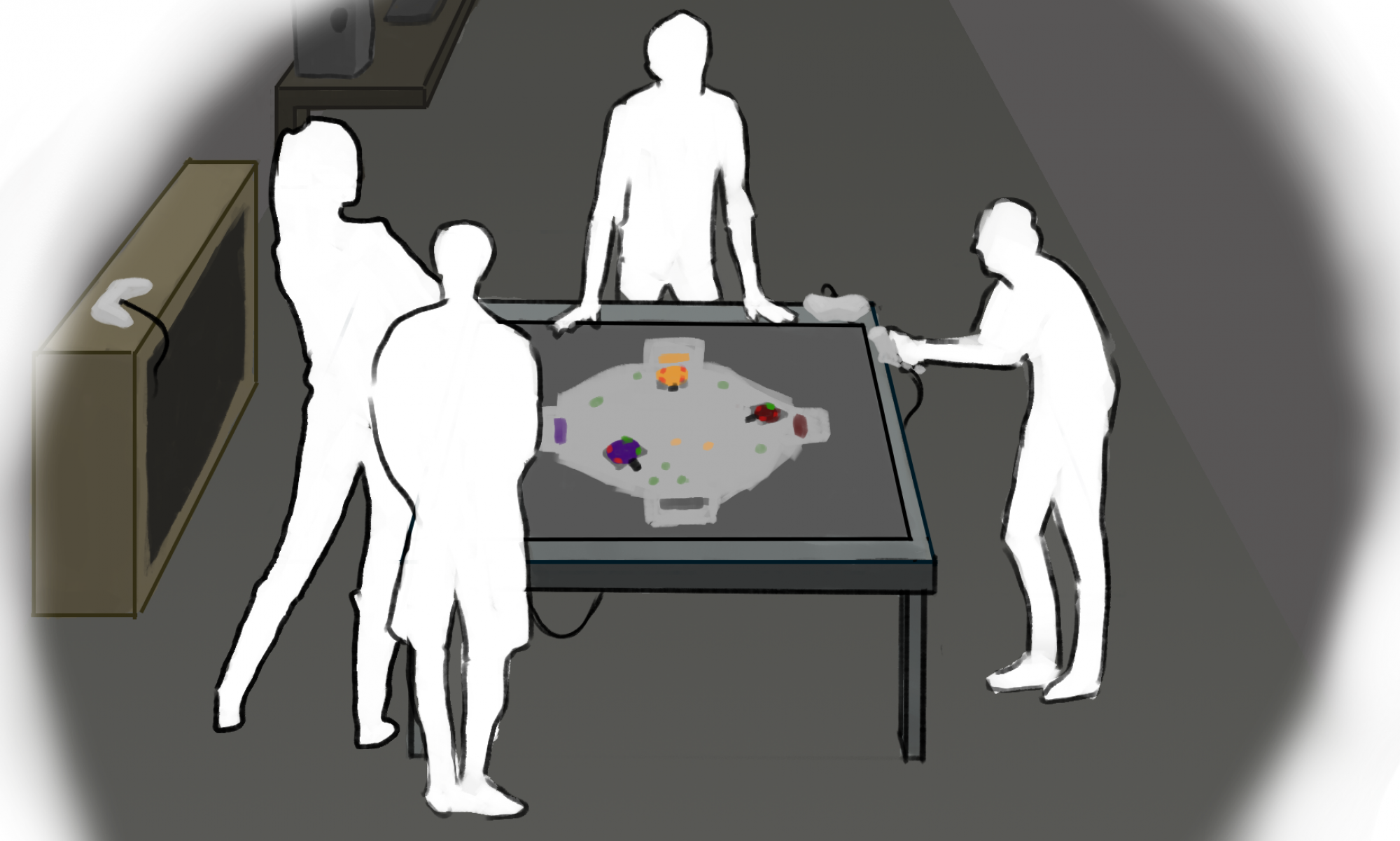A worksheet for conducting your own COVID Delta investment portfolio analysis
Here is a worksheet for conducting your own COVID Delta analysis. In case you aren’t familiar with the idea behind COVID Delta, check out COVID Delta Part#1: A tool for investment portfolio analysis.
Interactive COVID Delta Worksheet
- Enter the ticker symbols for stocks you are interested in.
- Without looking at prices, add notes for each stock, indicating how you think its value as a company has changed since the Pandemic began in mid February. I like to do this after listening to the most recent earnings call and looking over the company’s Web site.
- Enter a “fair” percent change in value given your analysis for each stock. For example if you think that the pandemic has hurt the company’s earnings but it should recover in a year or two, you might enter “-10%” to indicate you think the company is 10% less valuable now that it was in February 2020 (assuming there was no pandemic).
- Look up the most recent price for each stock, and the price on February 19, 2020. Enter those values in the appropriate column of the worksheet.
- Calculate the actual percent change and enter it in the appropriate column.
- Actual_%_Change = (Recent_Price – Feb_18_Price) / Feb_18_Price
- Calculate the COVID Delta and record it in the appropriate column.
- COVID_Delta = Anticipated % Change – Actual_%_Change
- Print or save a copy of your analysis and look at it next time you are making an investment decision. Remember, a positive score means a stock is potentially underpriced compared to what you think it is worth and might be a good buy. A negative score means it is potentially over-valued, and you should be careful
